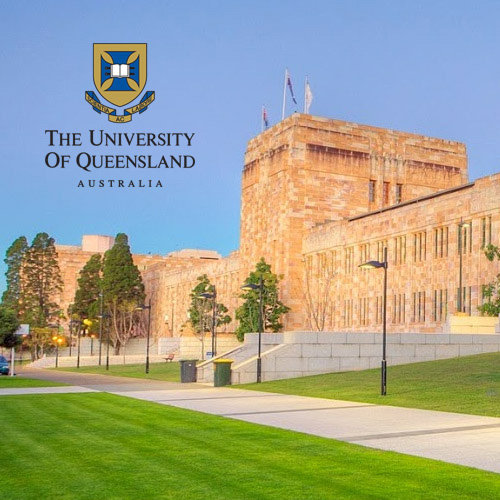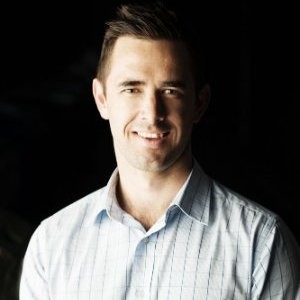Elevating your higher ed institution’s content marketing
By Sharon Aschaiek | Sept. 5, 2018

We know that content marketing underpins effective higher education communications, but what does it take to do it well?

Justin Laing of the University of Queensland in Brisbane, Australia has plenty of good answers for how elevate a school’s content marketing game. Laing is the senior manager of strategic marketing and communications in the school’s Faculty Medicine, which has about 6,000 staff and serves about 4,000 students per year. He recently presented at the 2018 eduWeb Digital Summit on the topic, “How to Create a Team of Content Superstars.”
When Laing joined the faculty in January 2016, the school’s communication staff were dispersed among its different schools, centres and institutes. To achieve more integrated communications, Laing set about bringing all of those employees together into one central marketing and communications department. That move has allowed the team of 12 to develop and execute a robust communication strategy focused on three important Rs: recruitment, retention and reputation.
Strong storytelling
At the heart of the faculty’s content marketing strategy is the objective of telling good stories. When considering potential stories, Laing and his team ask themselves a few key questions: Is it relevant to our target audience? Does it make an emotional impact? Is it novel/innovative/interesting? Does it have valuable or meaningful information? Is it inspiring?
“Getting students to just talk about their program or the faculty’s facilities doesn’t cut it. It may get quite a few views on social media, but it’s not memorable, so it probably won’t get shared,” Laing says. “We need to include a compelling back story for the student in order for it to be memorable.”
Diving into video
Laing and his team deeply understand video’s strong ability to engage, and that it can be consumed faster than text. So last year, they produced a whopping 152 long- and short-form videos. Empowering his team to tell those stories involved arranging training for them in videography and editing.
One student story Laing’s team decided to cover was that of 2017 Biomedical Sciences graduate Zoe Macourt. She was proposed by a faculty member as a candidate for a profile because she was the program’s valedictorian. But Laing and his team digged deeper and found a more personal and compelling angle: Macourt’s academic journey was prompted by her desire to find a cure for Duchenne muscular dystrophy, which afflicts her brother. The resulting brief video, below, highlights her program in a way that strikes an emotional chord, which makes it more shareable.
Diverse formats
Laing and his team understand the advantage of using a variety of mediums to tell the faculty’s great stories. So stories are also turned into blog posts, podcasts, social media posts, images and even 360-degree and VR content. While many of these stories are about students, some are also about faculty news, graduates, faculty researchers, community partners and local and international patients benefiting from the faculty research projects. Going forward, more practical, evergreen consumer health content will be shared on the blog to make the faculty more relevant to the general public.

Increased engagement
The objective of all of these content marketing pieces is to increase engagement with the faculty’s stakeholders. SO all of this content is shared in different ways on the faculty’s website and intranet, and on its social channels: Facebook, Twitter, Instagram, LinkedIn and YouTube. Laing’s team has also provided training to faculty members on how to create their own social videos using their smartphones. And a new digital ambassador program has involved recruiting 17 students to blog for the faculty website about their experiences in their programs.
The main metrics Laing monitors are action based: views, likes, comments, shares, click-throughs to the Faculty of Medicine website, more time spent on the website, requests for information, campus tours taken, attending information sessions and, ultimately, enrolments.
“I’m a big believer in engagement as the measurement,” Laing says. “Telling great stories is what it takes to attract people’s attention, interact with our faculty and ultimately build trust, which is the crucial ingredient if we want future students and their families to pick us.”